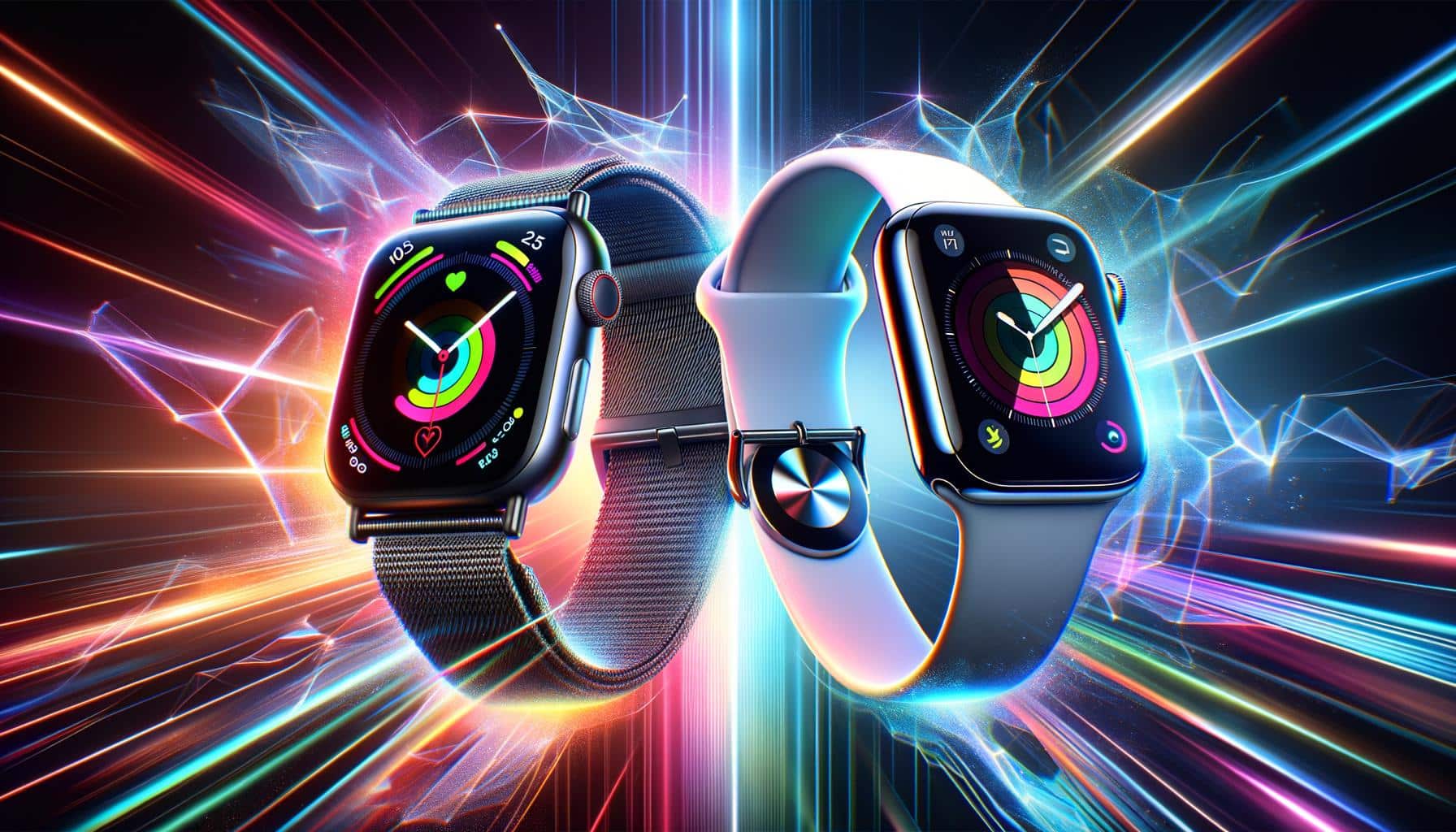Fitbit vs. Apple Watch: A Comparative SWOT Analysis
Wearable health and fitness devices have become increasingly popular in recent years, with Fitbit and Apple Watch emerging as two key players in the market. Both devices offer a range of features to help users track their fitness goals and monitor their health. In this article, we will conduct a comparative SWOT analysis to examine the strengths, weaknesses, opportunities, and threats of Fitbit and Apple Watch.
Strengths of Fitbit: A Closer Look at the Wearable Fitness Device
Fitbit has established itself as a leader in the wearable fitness device industry, and for good reason. One of the key strengths of Fitbit is its wide range of fitness tracking features. Fitbit devices can track steps, distance, calories burned, heart rate, and even sleep patterns. These features allow users to get a comprehensive overview of their daily activity and make informed decisions about their health and fitness. Fitbit also has a user-friendly interface and a supportive online community, making it easy for users to track their progress and stay motivated.
Examining Apple Watch: Identifying its Key Weaknesses
While Apple Watch is a popular choice for many consumers, it does have some weaknesses that should be considered. One of the main weaknesses of the Apple Watch is its high price point. Compared to Fitbit and other competitors, the Apple Watch tends to be more expensive, which can be a barrier for some consumers. Additionally, the Apple Watch’s battery life is relatively short compared to Fitbit devices. This can be a drawback for users who want to wear their device all day and track their activity without worrying about constantly charging it.
Opportunities for Growth: How Fitbit Can Capitalize on the Market
Fitbit has the opportunity to capitalize on the growing market for wearable health and fitness devices in several ways. Firstly, Fitbit can continue to innovate and improve its existing products. By adding new features and improving battery life, Fitbit can stay ahead of the competition and attract new customers. Fitbit can also expand its product line to cater to different market segments. For example, introducing a more affordable option targeted towards budget-conscious consumers could help Fitbit reach a wider audience.
Threats to Apple Watch: Challenges in the Wearable Health Device Sector
While Apple Watch has been successful in the wearable health device sector, it is not without its threats. One of the main threats to Apple Watch is the increasing competition in the market. As more companies enter the wearable health device sector, Apple Watch may face challenges in maintaining its market share. Additionally, the increasing popularity of smartwatches from other brands, such as Samsung and Garmin, could pose a threat to Apple Watch’s dominance. Finally, privacy concerns surrounding health data could also impact the adoption of wearable health devices, including the Apple Watch.
In conclusion, both Fitbit and Apple Watch have their strengths and weaknesses in the wearable health and fitness device market. Fitbit’s focus on fitness tracking and its supportive online community give it an edge, while Apple Watch’s high price and short battery life are its main weaknesses. Fitbit has opportunities to grow by innovating and expanding its product line, while Apple Watch faces threats from increasing competition and privacy concerns. As the market continues to evolve, it will be interesting to see how these two companies adapt and compete in the wearable health device sector.













